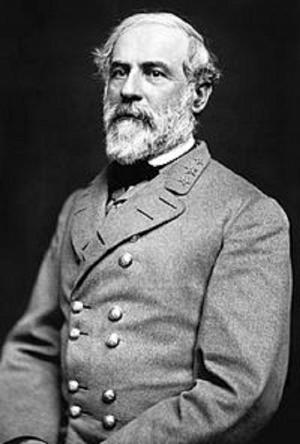Bonded By Battle: The Powerful Friendships of Military Dogs and Soldiers from the Civil War to Operation Iraqi Freedom
Nonfiction, History, Military, United States| Author: | Nancy Roe Pimm | ISBN: | 9781946248039 |
| Publisher: | Quindaro Press | Publication: | May 2, 2017 |
| Imprint: | Smashwords Edition | Language: | English |
| Author: | Nancy Roe Pimm |
| ISBN: | 9781946248039 |
| Publisher: | Quindaro Press |
| Publication: | May 2, 2017 |
| Imprint: | Smashwords Edition |
| Language: | English |
“Accurate and fascinating” — Kirkus Reviews, April 2017 issue.
Dogs have faithfully followed humans into combat since the dawn of time. They've stood sentry as soldiers slept, attacked enemies on command, and refused to leave their masters' sides even as they lay dying. In modern times, the bond between individual soldiers and their canine companions has transformed the roles of both.In this powerful historical narrative, Nancy Roe Pimm tells the story of a dozen remarkable friendships, from the Civil War onward, to show how together, dogs and humans changed the way America's military operates today. Early on they were morale-boosting mascots who wandered onto the battlefield, like Jack of the 102nd Pennsylvania Volunteers, whose value to his regiment was so great that he was exchanged for a Confederate biped in a prisoner swap. But when a World War I stowaway named Stubby showed his ability to detect poison mustard gas in time to alert the soldiers around him, the role of canines in combat began to evolve. While the official military continued to frown on fraternization between men and mutts, individual soldiers found new ways to use their loyal companions' innate skills to keep their units safe. The dog's unmatched sense of smell and hearing proved invaluable in the jungle warfare of Vietnam, detecting booby traps and enemy movements and saving an estimated 10,000 American lives. Stories of their epic bravery circulated widely, like that of Nemo, who lay atop his wounded handler during a fierce firefight, never flinching even with one eye shot out. Finally, the top brass began to take notice, establishing a permanent training facility for military working dogs. Yet even as a new generation of highly trained IED-detecting dogs took to the streets of Fallujah, official policy continued to treat them as little more than expendable equipment. Once again, individual soldiers whose hearts have been touched -- and lives have been saved -- stepped up and fought tirelessly for the rights of their canine companions. Pimm, a distinguished author of nonfiction for young readers, relates this evolving relationship between dogs and soldiers up to the present day.
“Accurate and fascinating” — Kirkus Reviews, April 2017 issue.
Dogs have faithfully followed humans into combat since the dawn of time. They've stood sentry as soldiers slept, attacked enemies on command, and refused to leave their masters' sides even as they lay dying. In modern times, the bond between individual soldiers and their canine companions has transformed the roles of both.In this powerful historical narrative, Nancy Roe Pimm tells the story of a dozen remarkable friendships, from the Civil War onward, to show how together, dogs and humans changed the way America's military operates today. Early on they were morale-boosting mascots who wandered onto the battlefield, like Jack of the 102nd Pennsylvania Volunteers, whose value to his regiment was so great that he was exchanged for a Confederate biped in a prisoner swap. But when a World War I stowaway named Stubby showed his ability to detect poison mustard gas in time to alert the soldiers around him, the role of canines in combat began to evolve. While the official military continued to frown on fraternization between men and mutts, individual soldiers found new ways to use their loyal companions' innate skills to keep their units safe. The dog's unmatched sense of smell and hearing proved invaluable in the jungle warfare of Vietnam, detecting booby traps and enemy movements and saving an estimated 10,000 American lives. Stories of their epic bravery circulated widely, like that of Nemo, who lay atop his wounded handler during a fierce firefight, never flinching even with one eye shot out. Finally, the top brass began to take notice, establishing a permanent training facility for military working dogs. Yet even as a new generation of highly trained IED-detecting dogs took to the streets of Fallujah, official policy continued to treat them as little more than expendable equipment. Once again, individual soldiers whose hearts have been touched -- and lives have been saved -- stepped up and fought tirelessly for the rights of their canine companions. Pimm, a distinguished author of nonfiction for young readers, relates this evolving relationship between dogs and soldiers up to the present day.















